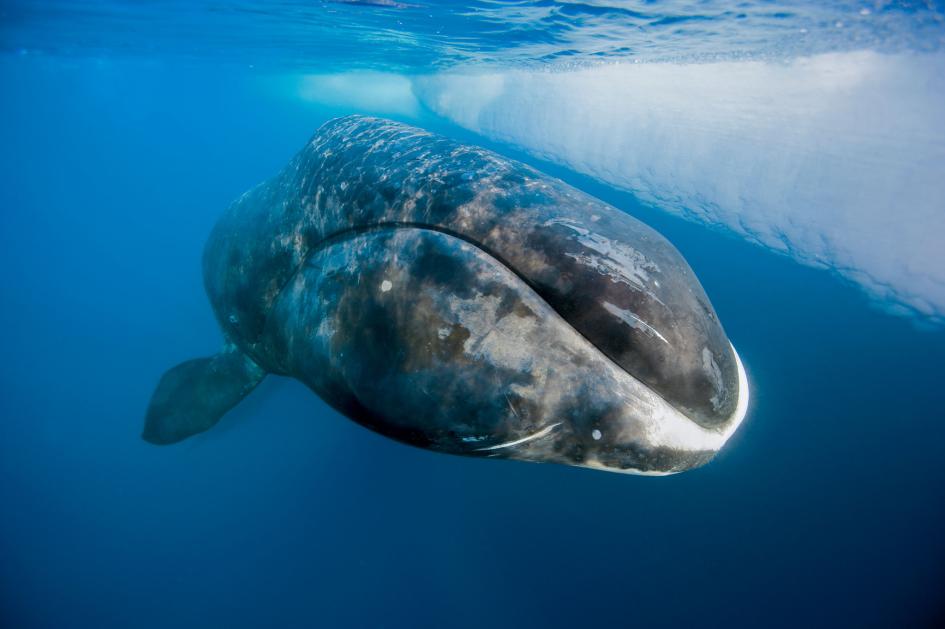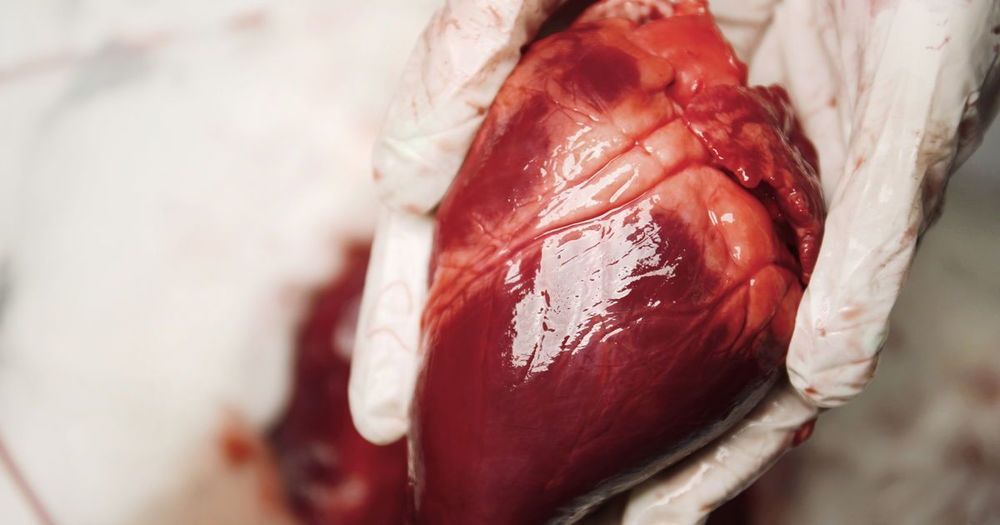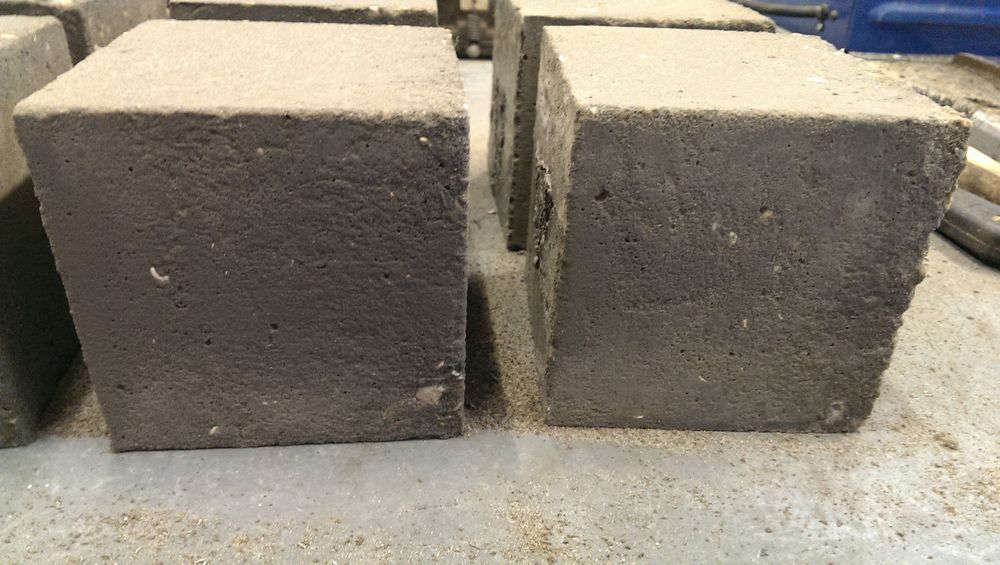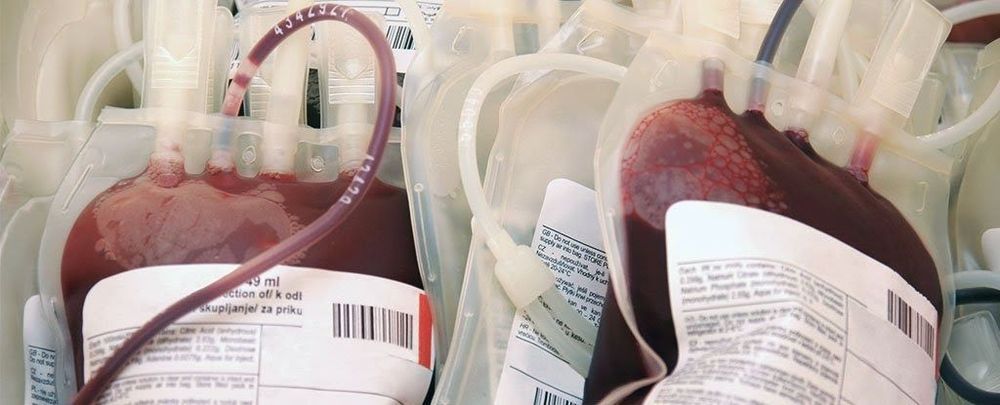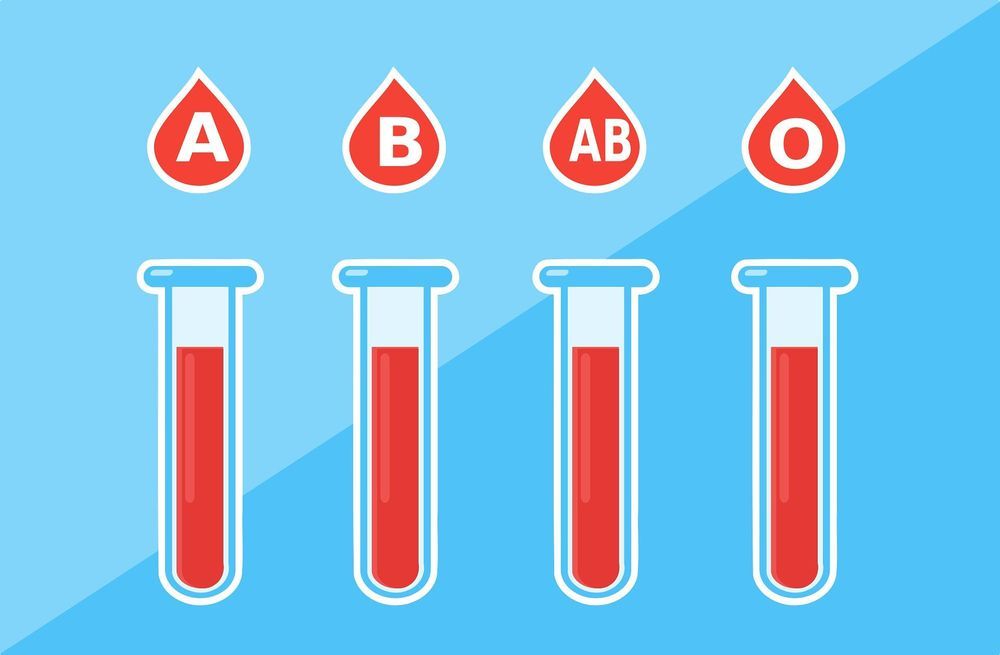Jun 17, 2019
Harvard Scientist Reveals List Of Genes And Their Corresponding Superhuman Abilities
Posted by Quinn Sena in categories: biotech/medical, genetics
George Church is a Harvard scientist that is famed for his plan to bring the woolly mammoth back to life. This genius scientist has also been involved in another project and has been assembling a list of genetic mutations and alterations that could give people longer lives and superhuman powers. We could be on the brink of real-life superheroes!
While some people may think this is just a passing thought, it really isn’t. In fact, Church has even created a spreadsheet which lists the known pros and cons of each gene and what “superpower” they would give. One example would be a specific mutation to the LRP5 gene, which would give the patient extra-strong bones. However, such a power would also decrease buoyancy in water. Other weird and wonderful changes could offer patients resistance to radiation or incredible skills at holding their breath underwater.

